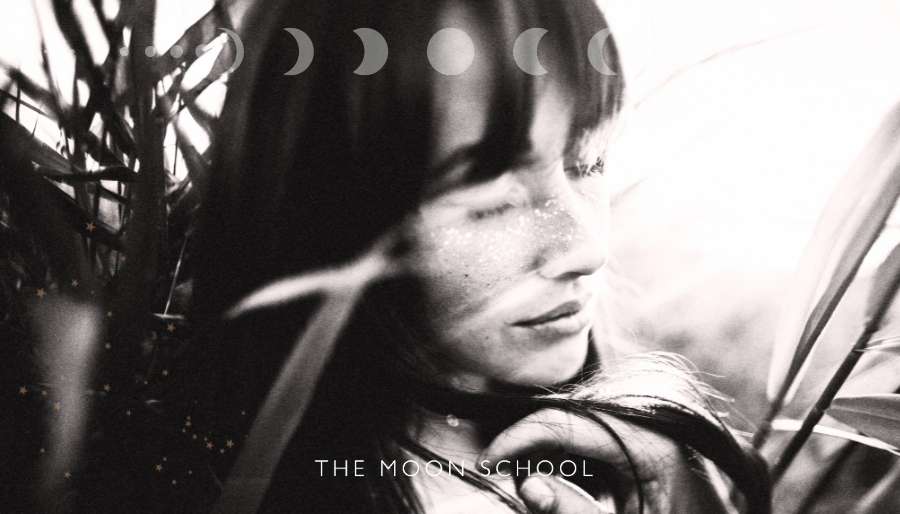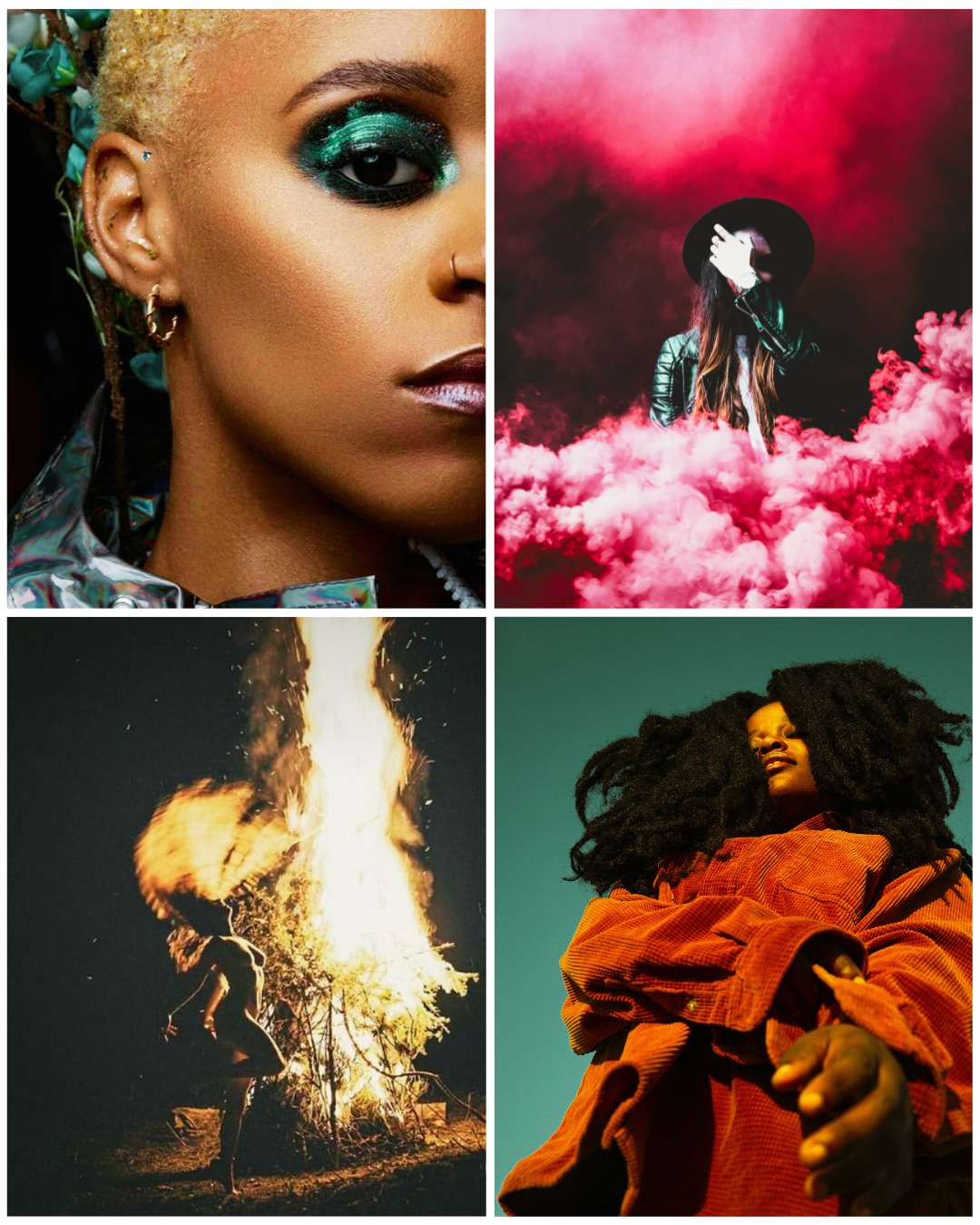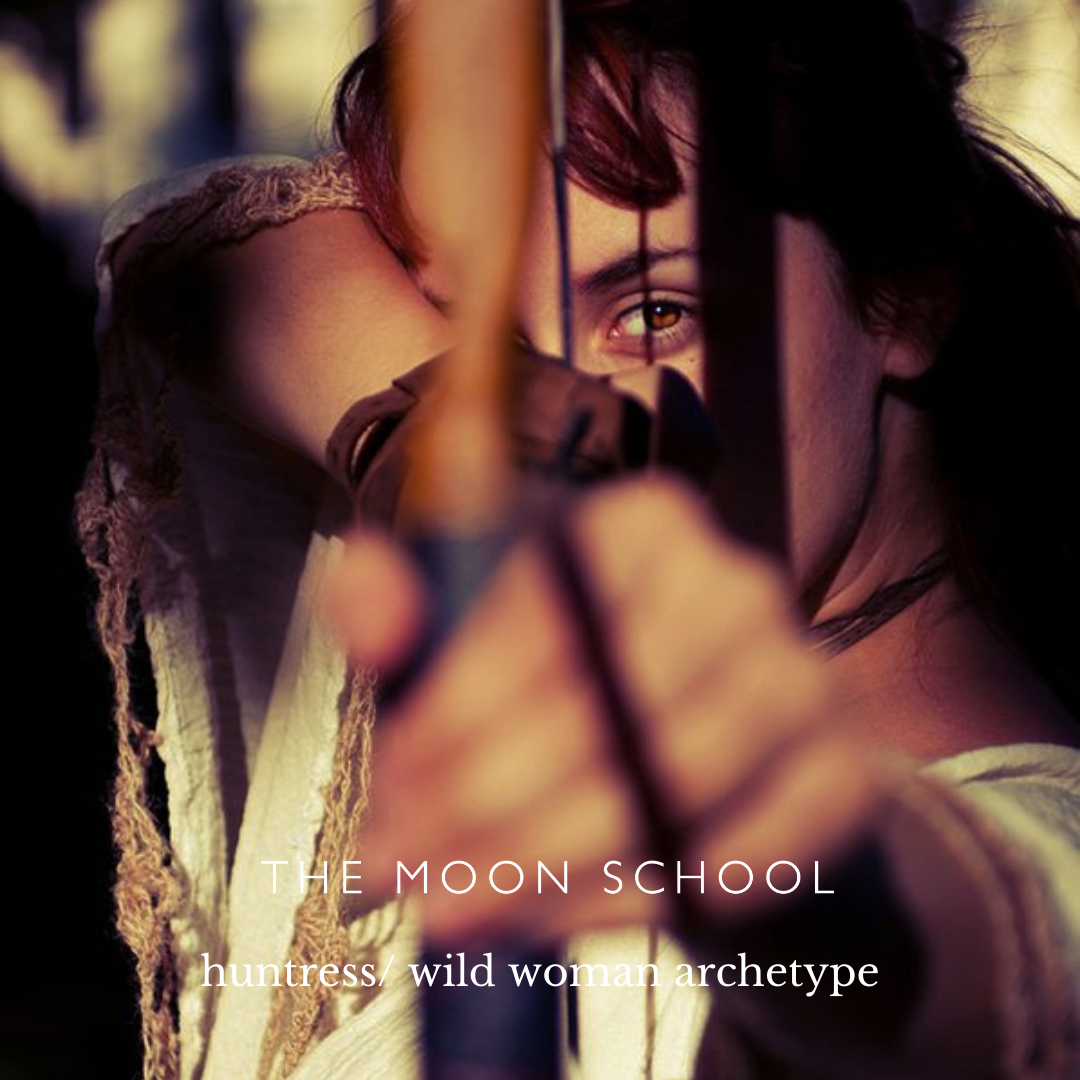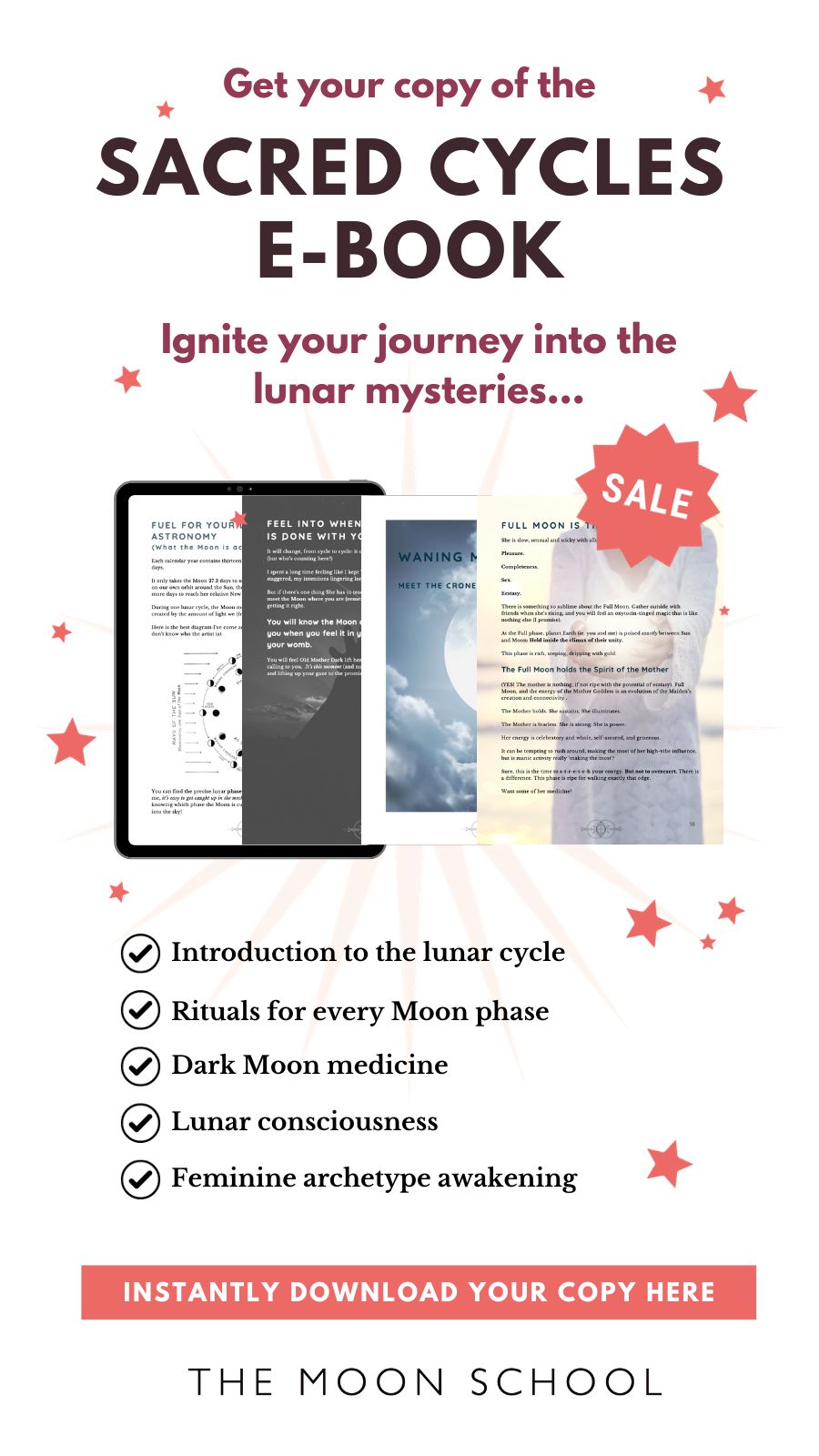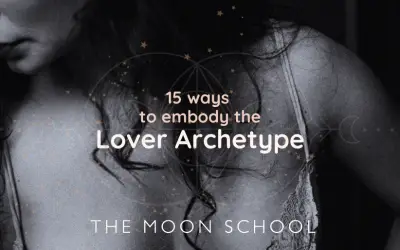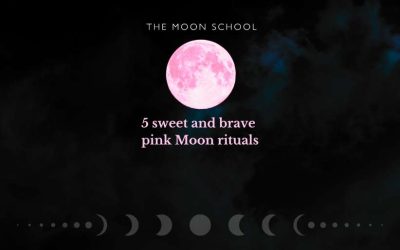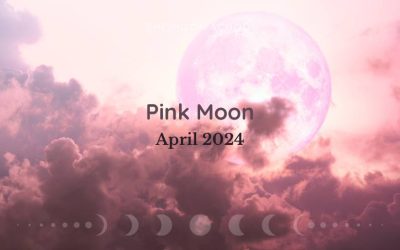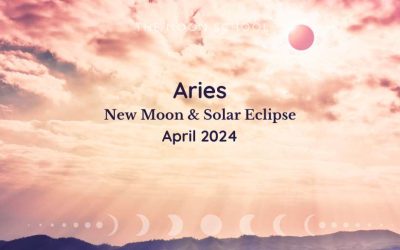In a world that seeks to tame and confine women, I’ve worked relentlessly over the past 10 years to discover the wild woman within me. It’s been an incredible journey of learning and unlearning, and stripping away so much of the conditioning imposed upon girls and women in this world.
What do you think of when you hear the words “wild woman”?
- An untamed spirit moving through life with curiosity and fearlessness?
- Unapologetically authentic feminine energy?
- A connection to nature and the wildest places on our planet?
- Or maybe a woman who defies societal expectations, and listens only to her own intuitive hunches?
On my own path through motherhood, shamanism, somatics and the lunar mysteries (as well as through business and money fun things like Instagram and social media marketing 🙃) I’ve learned that wild women don’t look like one thing. To assume that wild women are the ones who get to travel the world, ride horses across beaches, and display a special kind of unkempt beauty is just putting the feminine back in yet another box.
In truth, wild women are moving through life all around us, every day. Yet they move with an internal sense of freedom that may not always be visible to the outside world.
Not all wild women get to up sticks and travel across oceans, so we deconstruct the confines of this system of patriarchy from the inside.
What is a wild woman?
I can’t always claim to be a wild woman, but when I sense this archetype rise up, it feels like a fierce embodiment of authenticity and power. That is the vital piece – the wild woman is embodied, and exists in profound contact with a felt state of presence.
The wild woman recognizes her body as a sacred vessel for intuition, pleasure, and expression, but most importantly she welcomes, honours and loves her body when it’s heavy, bleeding, and in pain. As a woman of this world, it’s not always possible to tend to your own needs, but the wild woman has at least heard them and will connect in time.
The wild woman may appear to be living out a traditional role – as a mother or caregiver perhaps. But she is using her life to activate change where it counts. But the fact that she’s rejecting traditional societal roles needn’t be shouted from the rooftops. She doesn’t have anything to prove, to anyone.
Instead, the wild woman embodies an even more radical form of liberation, breaking free from the heavy chains of societal conditioning from the inside out, rooted where it matters.
In my many years of exploring the wild woman archetype, I’ve discovered it represents a profound piece of the feminine identity. She was brought back most profoundly in the famous 1992 book by Clarissa Pinkola Estes “Women Who Run with the Wolves – Myths and Stories of the Wild Women Archetype”. Read by literally millions of women, this book spoke to me deeply and clearly continues to inspire women today.
The wild woman archetype
The wild woman archetype is a concept that threads its way through folklore, psychology, and modern culture. This powerful feminine archetype personifies the untamed energy within a woman who is not bound by convention, yet expresses herself through wonder and dreams, unconfined by societal expectations.
Also read: BEST Ways to Embody the Wild Woman Archetype
10 Signs you’re an awakening wild woman
How can you know when your inner wild woman is alive and well? Here I’ll share 10 signs this incredible archetype is rising authentically in your life…
1. You have a strong connection to nature
A sign you are a wild woman is your strong connection to nature, finding solace, inspiration, and a sense of belonging in the rhythms and beauty of the natural world.
2. Your heart and mind are free
You may still be operating inside the system but your heart and mind are untethered by societal expectations or constraints, allowing you to embrace your heed your desire to live authentically.
3. You express yourself authentically
Honoring your voice, you don’t self-sensor or suppress what needs to be spoken, unapologetically sharing your thoughts, emotions, and desires with the world.
4. You stand up for what you believe
Standing up for what you believe in, you fearlessly advocate for your values, principles, and convictions, regardless of societal norms or expectations. You also find space for discussion and openly invite it where it’s needed.
5 You’re driven by intuitive wisdom
Being driven by intuitive wisdom is a defining trait of a wild woman, as you trust your inner guidance and intuition to navigate life’s journey with clarity, authenticity, and purpose.
6 You have a courageous spirit
As a wild woman, you face challenges and uncertainties head-on, embracing fear as a catalyst for growth and transformation. You’re able to meet each moment with genuine openness, creating a field of opportunity and hope by pushing boundaries in all aspects of life.
7. You’re creative
Creativity seems to flow effortlessly through every life experience when you’re a wild woman. It may emerge as you create art or crafts, but it’s more likely that you find yourself thinking, working, and simply living in more creative ways.
8. You embrace your sensual nature
The wild woman is deeply in tune with her sensual nature as an essential part of life. For this reason, you delight in the pleasures of your senses, as a way to connect with the world and revel in its gifts.
9. You are deeply devoted to community
You know when you join with friends and a supportive community that joy and discovery are amplified. Moreover, the bonds you forge with others are based on mutual respect, love, and the shared exhilaration of self-discovery.
10. You embrace change
Embracing change is a fundamental aspect of being a wild woman, as you welcome the ebb and flow of life. this enables you to embrace whatever unknown experience that arises, with courage and curiosity.

